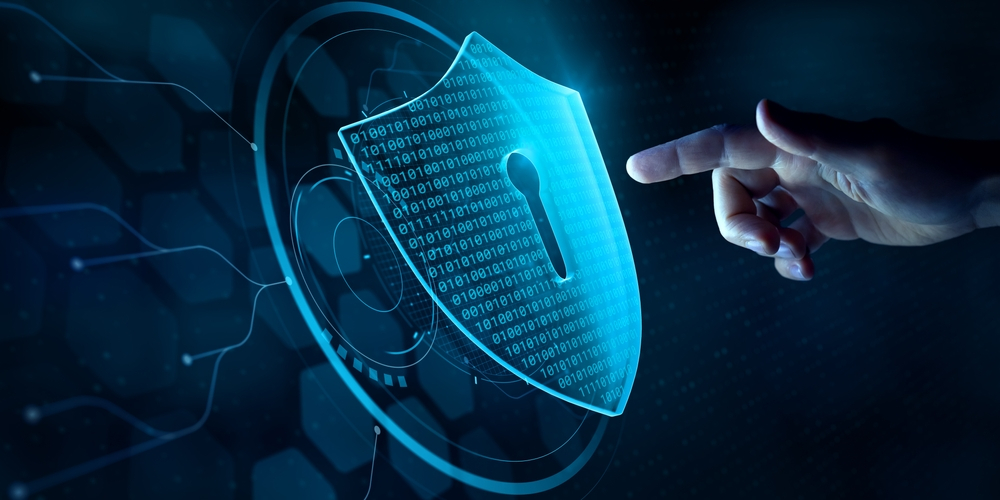Introduction:
In today's interconnected world, cybersecurity has become a critical concern for individuals and businesses alike. The increasing frequency and sophistication of cyber threats demand a proactive approach to protect sensitive information and safeguard digital assets. In this blog, we will explore the importance of cybersecurity and provide practical tips to help you fortify your digital fortress.
1. Understanding Cybersecurity:
Cybersecurity refers to the practice of protecting computer systems, networks, and data from unauthorized access, damage, or theft. It encompasses a range of measures and best practices designed to mitigate risks and ensure the confidentiality, integrity, and availability of digital assets.
2. Types of Cyber Threats:
To effectively defend against cyber threats, it's essential to understand the different types of attacks that can compromise your digital security:
a. Malware: Malicious software, such as viruses, worms, ransomware, and spyware, is designed to exploit vulnerabilities and gain unauthorized access to systems or steal data.
b. Phishing: Phishing attacks occur when attackers impersonate legitimate entities to trick individuals into revealing sensitive information, such as passwords or credit card details.
c. Social Engineering: Social engineering tactics involve manipulating individuals to gain unauthorized access to systems or obtain sensitive information. This can include impersonation, pretexting, or baiting.
d. Denial-of-Service (DoS) Attacks: DoS attacks aim to disrupt the availability of a system or network by overwhelming it with excessive traffic or resource consumption.
e. Insider Threats: Insider threats involve malicious actions or unintentional mistakes by individuals with authorized access to systems or data.
3. Essential Cybersecurity Practices:
Implementing robust cybersecurity practices can significantly reduce the risk of cyber attacks. Consider the following measures:
a. Strong Passwords: Use unique, complex passwords for each online account and enable multi-factor authentication (MFA) whenever possible. Regularly update passwords and avoid using easily guessable information.
b. Software Updates and Patches: Keep your operating systems, applications, and security software up to date. Updates often include security patches that address known vulnerabilities.
c. Firewall and Antivirus Protection: Install and regularly update reputable firewall and antivirus software to detect and block malicious activities.
d. Data Encryption: Encrypt sensitive data, both in transit and at rest, to protect it from unauthorized access. Use secure protocols such as HTTPS for website communication.
e. Employee Education and Awareness: Train employees on cybersecurity best practices, such as identifying phishing emails, avoiding suspicious downloads, and reporting security incidents promptly.
4. Secure Network Practices:
Securing your network infrastructure is crucial. Consider these practices:
a. Secure Wi-Fi Networks: Change default router passwords, use strong encryption protocols (e.g., WPA2 or WPA3), and disable guest networks if not required.
b. Virtual Private Networks (VPNs): Use VPNs when accessing public Wi-Fi networks to encrypt your internet traffic and protect your data from eavesdropping.
c. Network Segmentation: Separate your network into segments to limit access between different systems and minimize the impact of a breach.
d. Regular Backups: Implement a robust backup strategy to ensure you can recover your data in the event of a ransomware attack or other data loss incidents.
5. Incident Response and Recovery:
Despite preventive measures, it's important to have a well-defined incident response plan in place. This includes:
a. Incident Detection and Reporting: Establish monitoring systems to detect potential security incidents promptly. Encourage employees to report any suspicious activities.
b. Containment and Mitigation: Isolate affected systems, minimize further damage, and implement containment measures to prevent the spread of the attack.
c. Investigation and Remediation: Conduct a thorough investigation to understand the nature and impact of the incident. Take necessary steps to remediate vulnerabilities and prevent future occurrences.
d. Post-Incident Analysis: Conduct a post-mortem analysis to identify areas for improvement and refine your cybersecurity strategy.
Conclusion:
Cybersecurity is a vital aspect of our digital lives. By understanding the types of cyber threats and implementing proactive security measures, you can protect your personal and business information from unauthorized access and mitigate the risk of cyber attacks. Remember, cybersecurity is an ongoing effort that requires continuous monitoring, education, and adaptation to the ever-evolving threat landscape. Stay vigilant, stay informed, and fortify your digital fortress.

